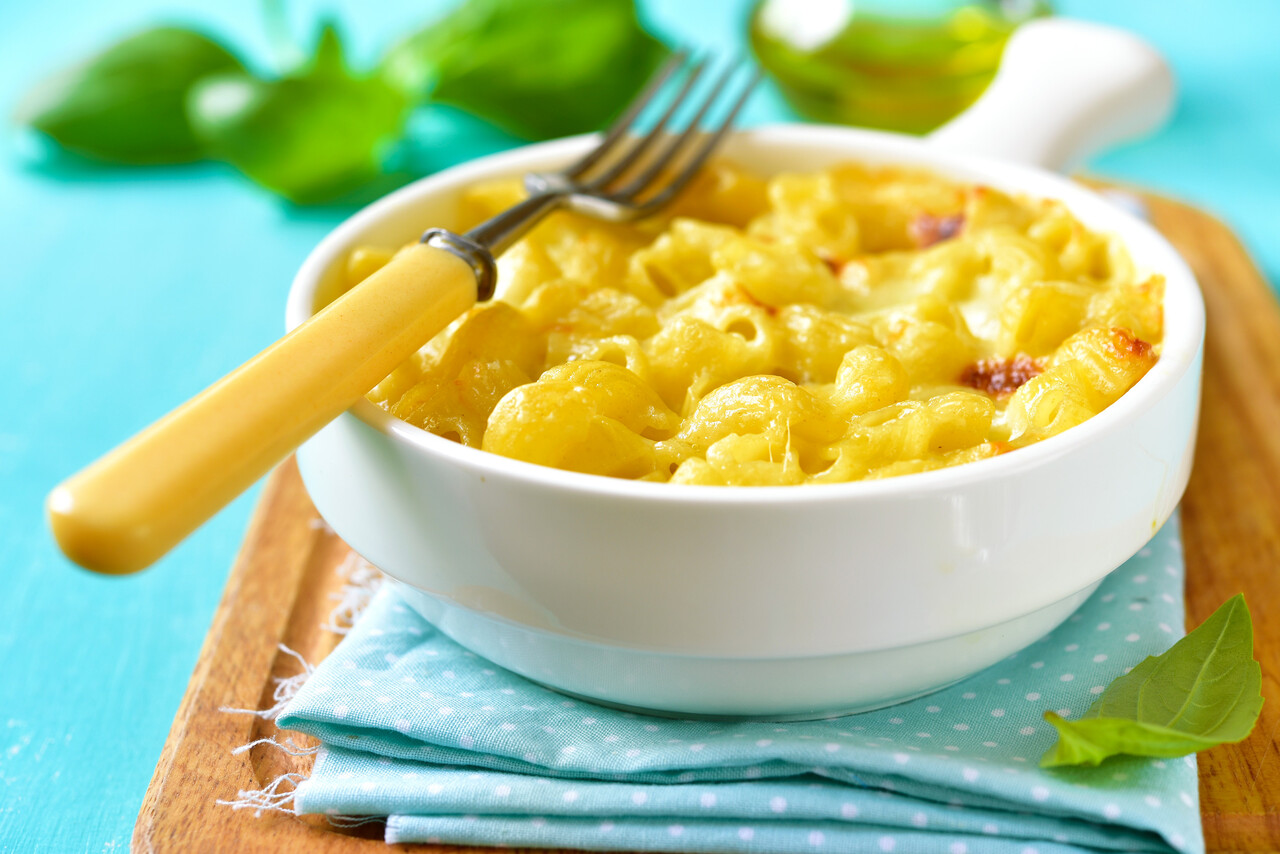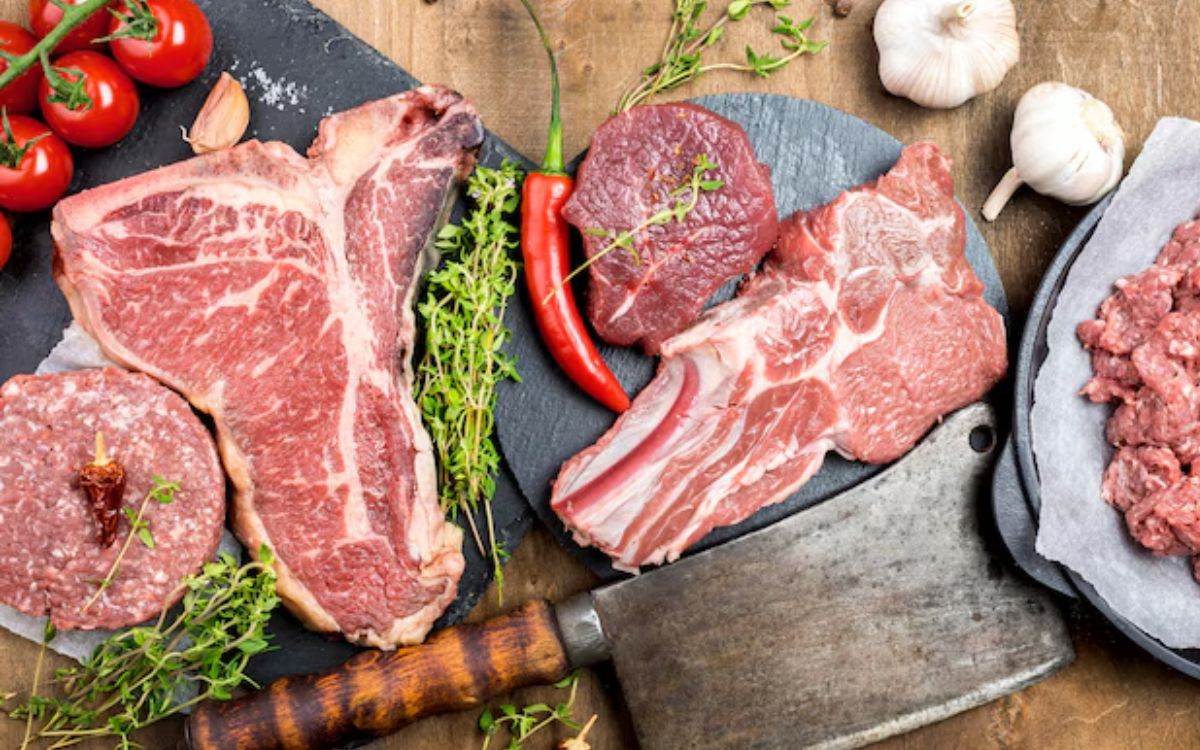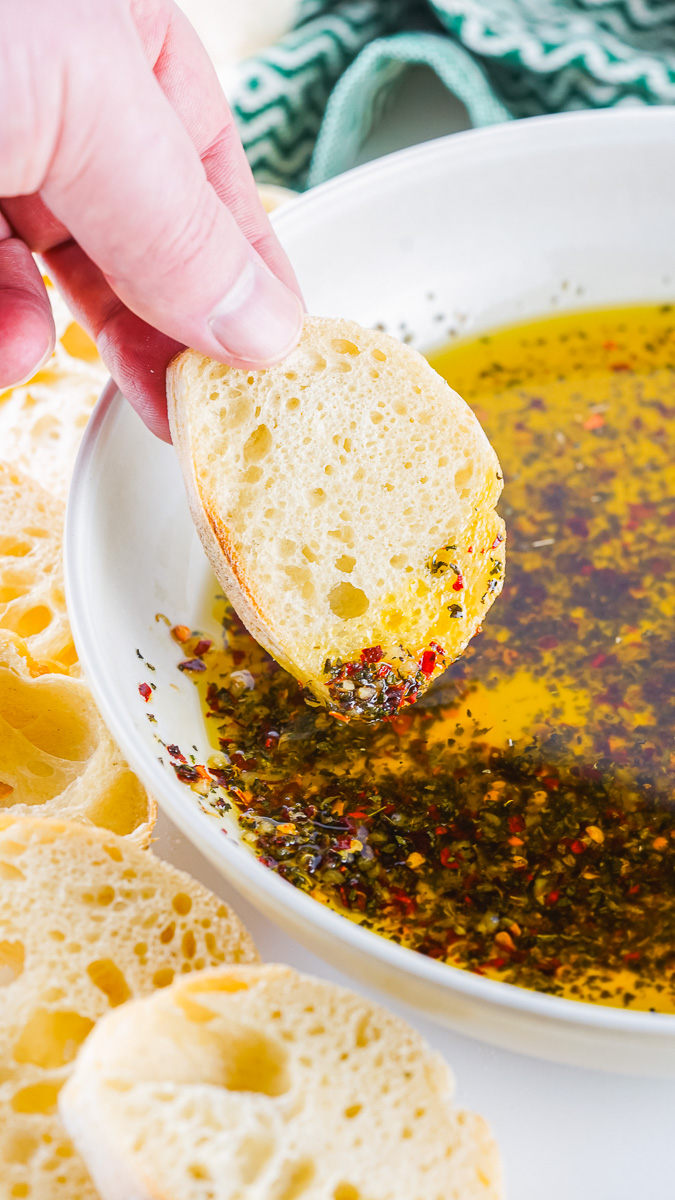8 Whisky Terms Every Beginner Should Know
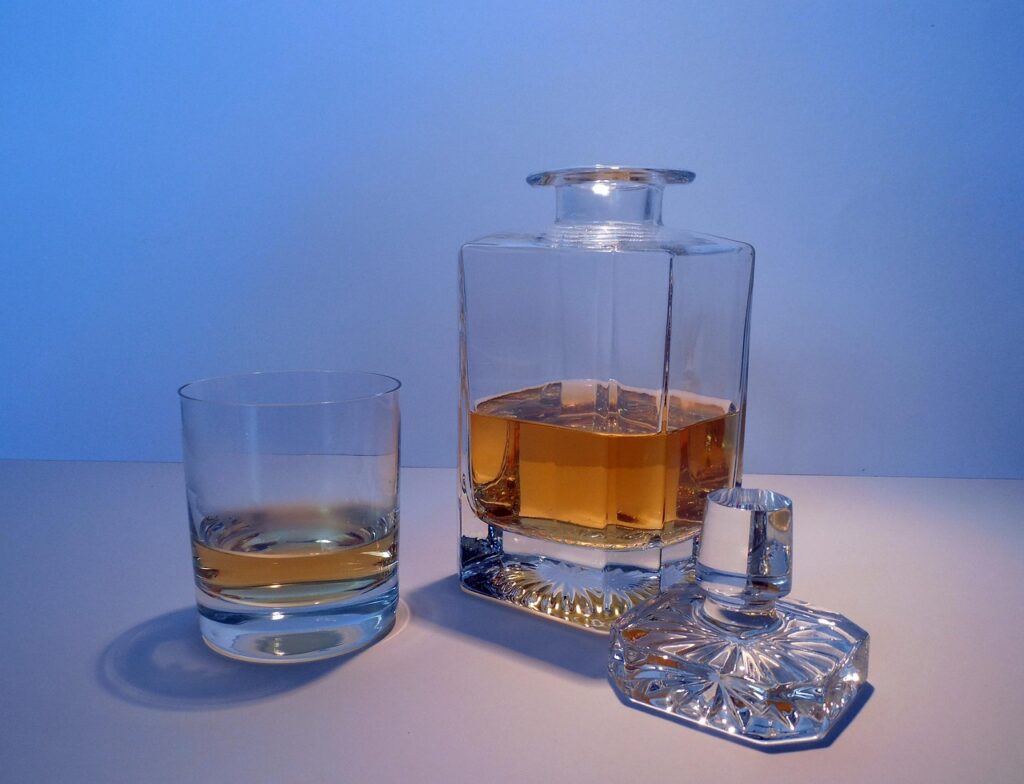
Whisky can feel mysterious if you’re just getting started. Labels mention “single malt,” “aged in oak,” or “cask strength,” and it’s easy to nod along without really knowing what they mean. The truth is, once you learn a few key terms, whisky becomes far less intimidating and a lot more enjoyable. This guide breaks down eight common whisky terms in simple, useful language, so you can read a bottle, order at a bar, or join a tasting with real confidence.
1. Single Malt
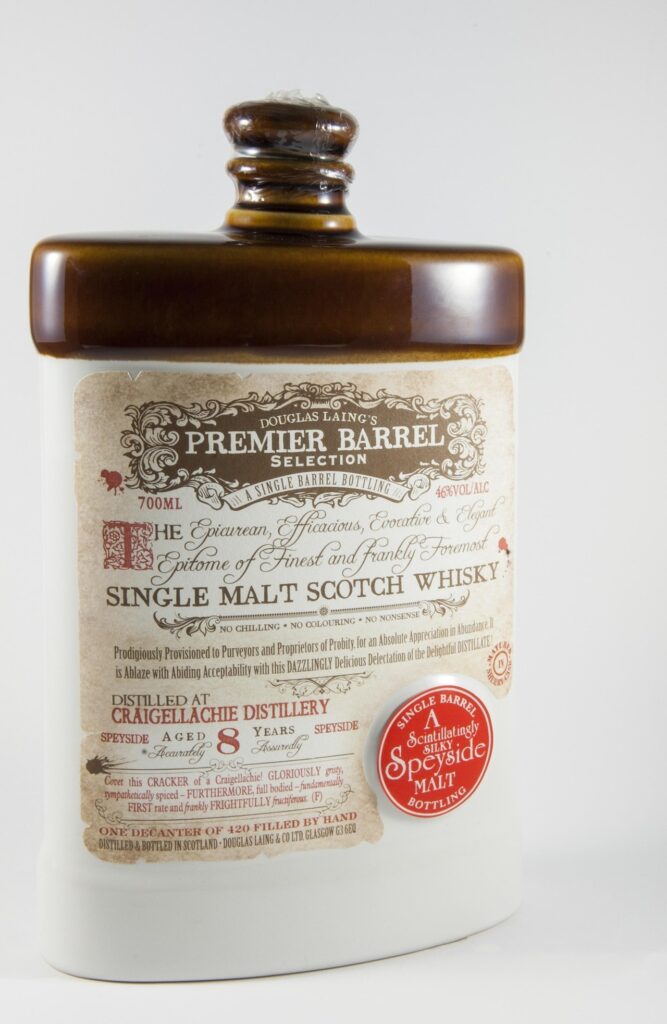
A “single malt” whisky is made from malted barley at one distillery, using pot stills. It doesn’t mean the whisky comes from a single barrel; instead, it’s a blend of whiskies from that one distillery. Each region has its signature flavor profile. Highland malts tend to be rich and bold, while those from Speyside are often lighter and fruitier. When you see “single malt,” it signals quality control and distinct character. It’s the benchmark many whisky lovers use to judge craftsmanship and regional style.
2. Blend
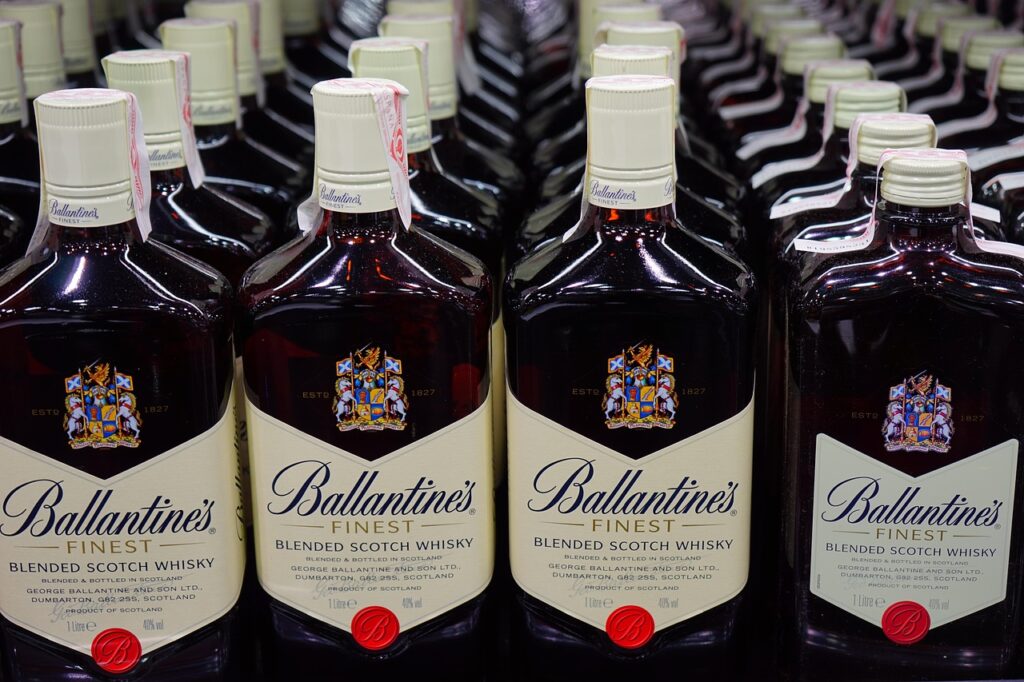
A blended whisky combines spirits from multiple distilleries, often mixing grain whisky with malt whisky. The goal is balance. Brands use blending to achieve a consistent flavor year after year, no matter how crops or weather change. Famous names like Johnnie Walker or Chivas Regal are blends that rely on expert blenders to create smooth, approachable results. Don’t mistake “blend” for “inferior.” Some blends rival top single malts in complexity. What matters is how harmoniously the flavors come together.
3. Age Statement
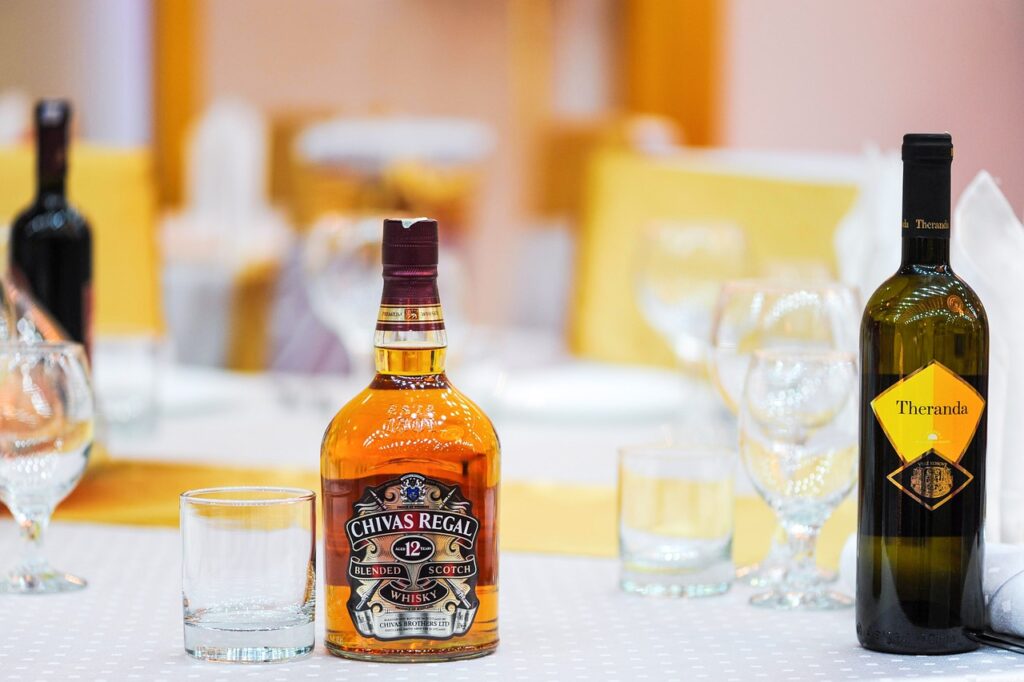
When a bottle says “12 Years,” it means the youngest whisky in that blend has been aged for at least 12 years in oak casks. Age affects flavor, texture, and aroma: longer aging often softens sharp notes and deepens richness, though older is not always better. Some no-age-statement whiskies skip the number to focus on taste rather than time. As a beginner, pay attention to how the whisky feels on your palate, not just the number on the label.
4. Cask Strength
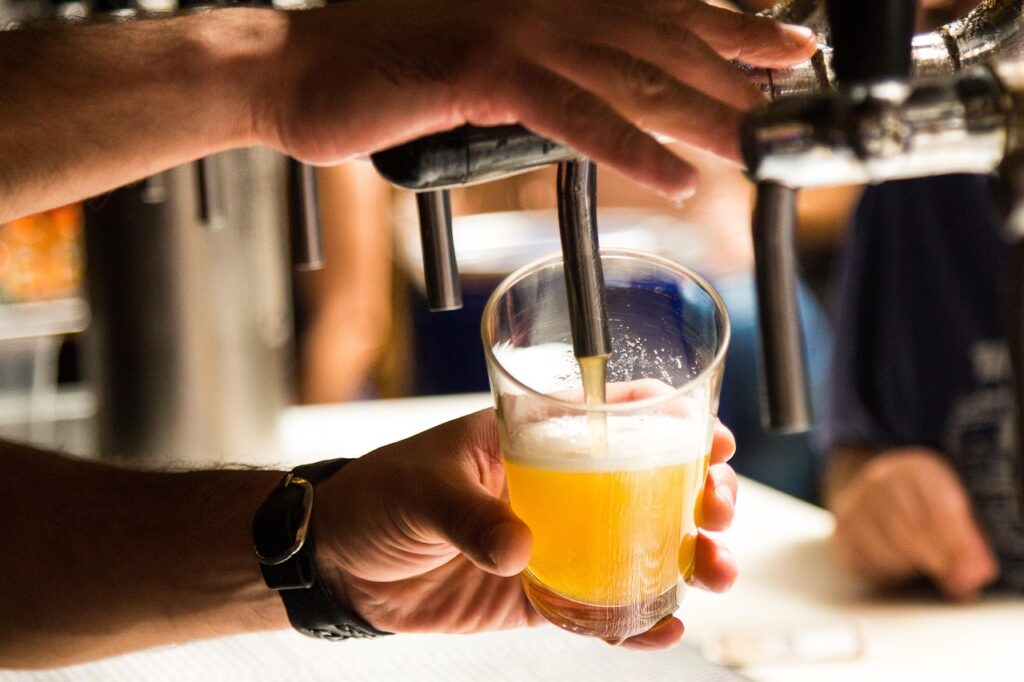
Cask strength whiskies are drawn straight from the barrel without any dilution, capturing whisky in its most authentic form. With an ABV often between 55 and 65 percent, they deliver bold intensity, concentrated aromas, and layered complexity. You can sip them neat for a full-force experience or add a few drops of water to reveal hidden notes of spice, fruit, and oak. This style lets you control the dilution yourself, making each pour an exercise in precision, patience, and appreciation for craftsmanship.
5. Peated
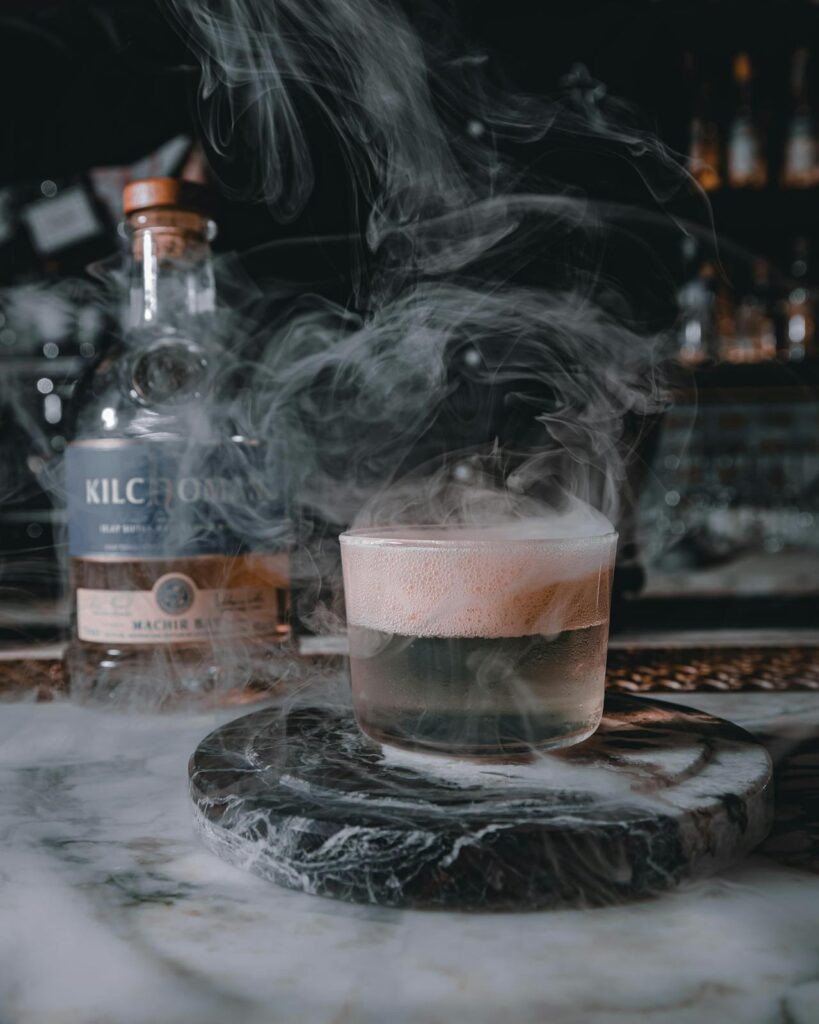
Peated whiskies are made using barley dried over burning peat, a type of mossy fuel found in Scotland. The smoke from the peat gives the whisky its signature earthy, smoky flavor. The level of smokiness varies: Islay whiskies like Laphroaig and Ardbeg are famously bold, while others use peat more subtly. If you like campfire or smoky barbecue notes, peated whisky will likely appeal to you. It’s a style that divides people, but once you develop a taste for it, it’s unforgettable.
6. Finish
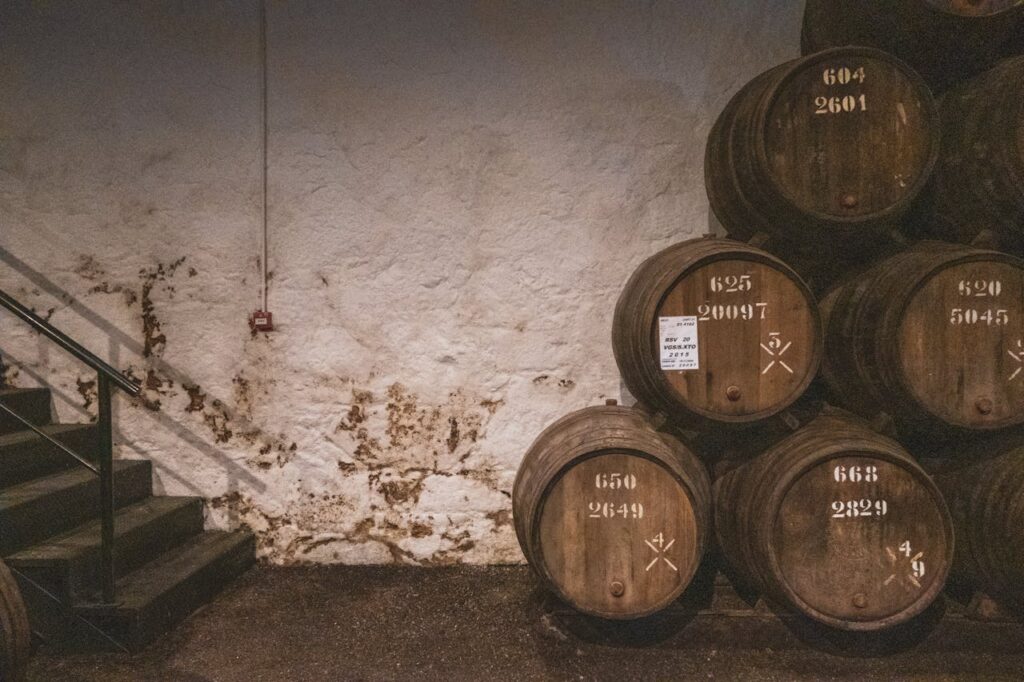
In whisky, the word “finish” carries two meanings. First, it refers to the lingering taste that remains after you swallow the aftertaste that revealing depth and character. Some whiskies leave a quick, sharp finish, while others unfold slowly with warmth and subtle sweetness. The second meaning is the production technique known as cask finishing, where the whisky spends its final months in barrels that once held sherry, port, or rum. This process layers in extra notes like dried fruit, vanilla, or spice. A long, balanced finish often hints at expert craftsmanship and thoughtful aging.
7. Dram
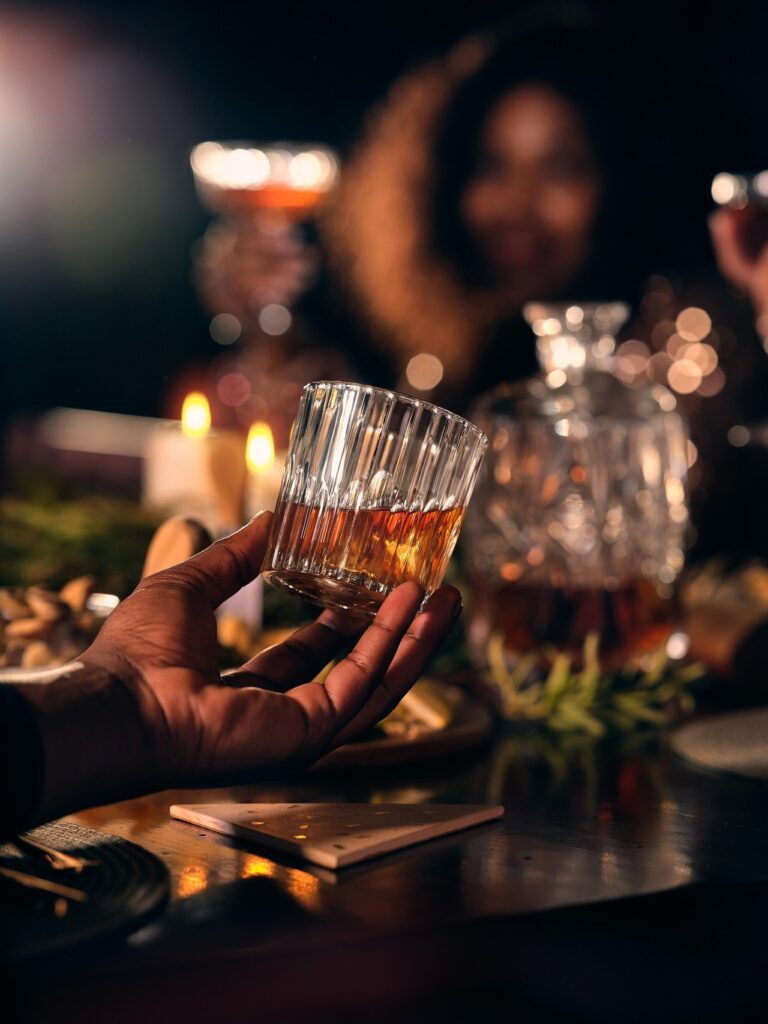
A “dram” is simply a serving of whisky, typically around one to two ounces. It’s an old Scottish term that’s stuck around because it feels friendly and informal. When someone says “let’s have a dram,” they’re inviting you to share a drink, not measure out a precise volume. It’s a word that captures the social side of whisky, the part that’s about conversation, connection, and appreciation, not just tasting notes.
8. Neat
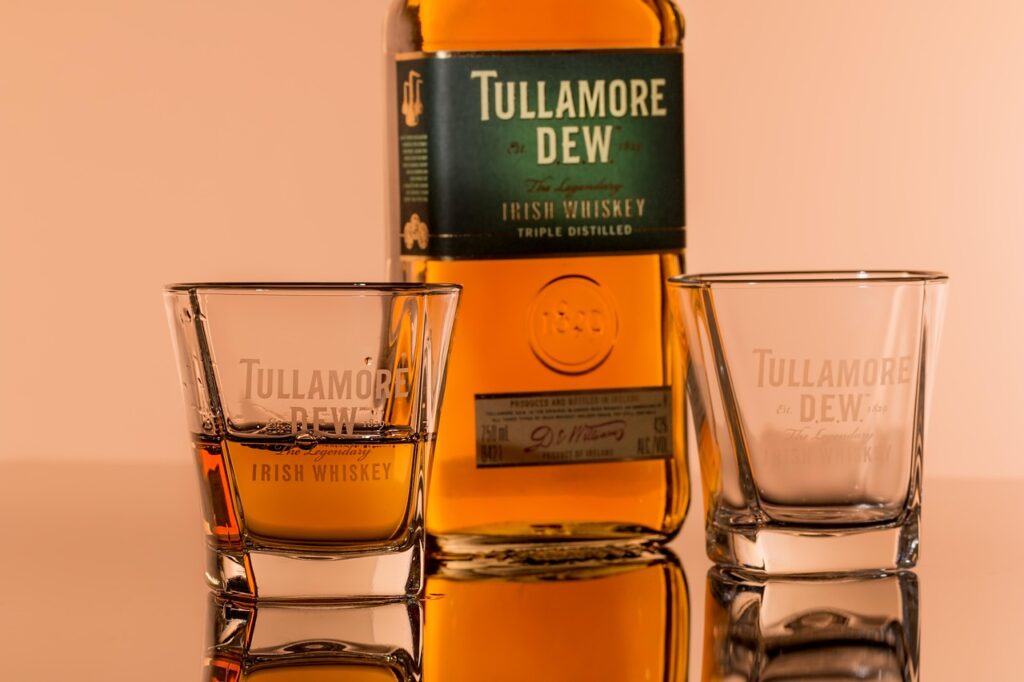
When someone orders whisky neat, they’re asking for it poured straight into the glass without ice, water, or mixers. Drinking it this way lets you experience the spirit exactly as it comes from the bottle, which means you notice the full range of aroma, heat, and texture. It’s the simplest serve, but it can feel intense if the whisky is high proof because nothing is softening the alcohol. Many beginners try it neat first to understand the baseline character, then decide whether a splash of water helps open up the flavors.


